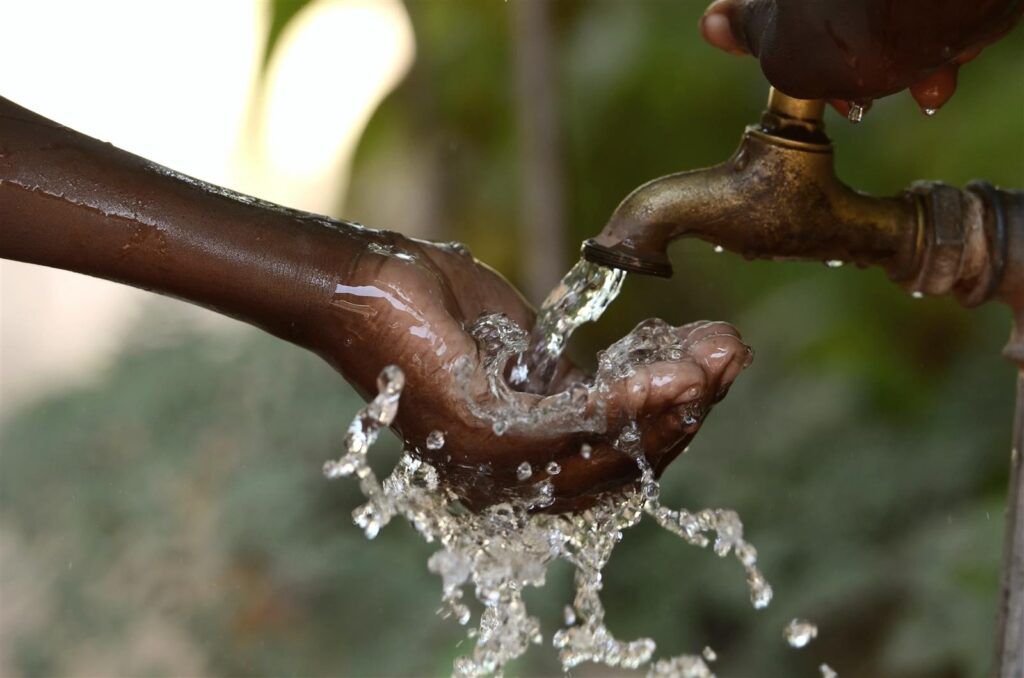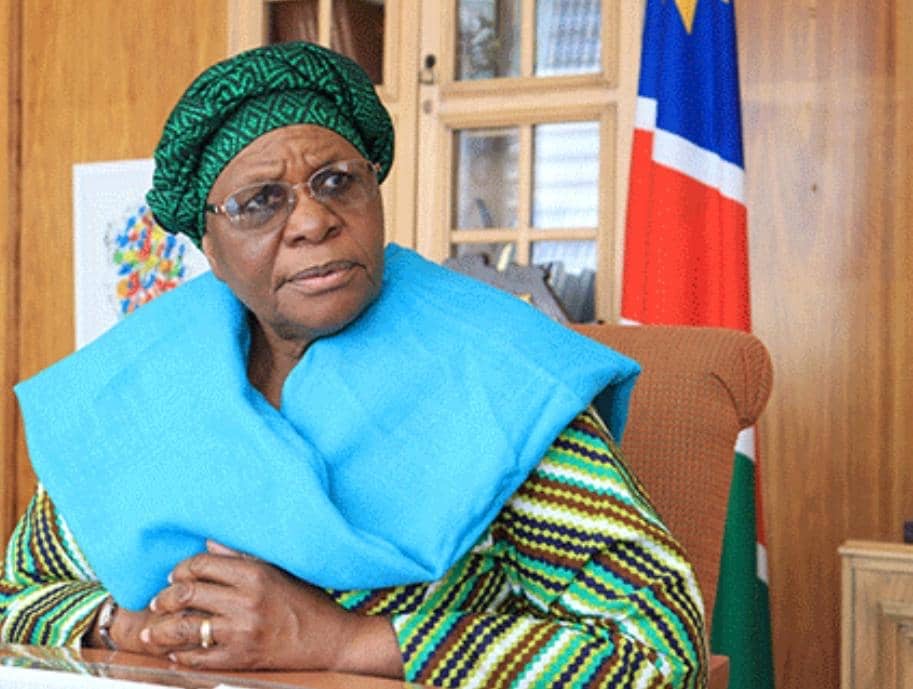MEKELE – British investigators looking into the disappearance of a group of Britons affiliated with their country’s embassy have examined two abandoned, bullet-riddled embassy cars in a remote Ethiopian village.
An Associated Press television cameraman saw the two vehicles in Hamedali, the last staging post before the region’s famous salt lakes. Bullet holes lined the doors of the vehicles, which still had luggage, shoes and mobile phones inside.No blood was visible.British investigators at the scene refused to comment.In London, the Foreign Office confirmed the cars were part of the missing Britons’ convoy.The tour group, which included 13 Ethiopian drivers and translators, went missing Thursday while travelling in Ethiopia’s Afar region, a barren expanse of salt mines and volcanoes 800 kilometres (500 miles) northeast of the capital, Addis Ababa.The Britons are employees of the British Embassy in Addis Ababa, or their relatives.There was no word on who was behind the kidnapping.”If, as has been speculated, the group is being held against their will, it may be they have been victims of mistaken identity,” British Ambassador Bob Dewar said in the capital Monday.Teams in London and Ethiopia were doing everything possible to get the facts, he added.Two residents of Mekele, which at 100 kilometres from Hamedali is the nearest large town, said they had seen members of Britain’s elite special operations forces.They spoke on condition of anonymity because of the sensitivity of the issue but were familiar with military matters.British media, citing unnamed defence officials in London, reported that planning was under way for a possible military rescue operation.Britain’s The Guardian newspaper, citing unnamed defence sources, reported that two British special forces soldiers, described as being in a “liaison” role, were in the area.The Independent newspaper said British special forces in the region were preparing for an armed rescue should diplomatic efforts fail.The Times said the British Ministry of Defence had been asked to draw up a hostage-rescue plan soon after the five disappeared.Nampa-APBullet holes lined the doors of the vehicles, which still had luggage, shoes and mobile phones inside.No blood was visible.British investigators at the scene refused to comment.In London, the Foreign Office confirmed the cars were part of the missing Britons’ convoy.The tour group, which included 13 Ethiopian drivers and translators, went missing Thursday while travelling in Ethiopia’s Afar region, a barren expanse of salt mines and volcanoes 800 kilometres (500 miles) northeast of the capital, Addis Ababa.The Britons are employees of the British Embassy in Addis Ababa, or their relatives.There was no word on who was behind the kidnapping.”If, as has been speculated, the group is being held against their will, it may be they have been victims of mistaken identity,” British Ambassador Bob Dewar said in the capital Monday.Teams in London and Ethiopia were doing everything possible to get the facts, he added.Two residents of Mekele, which at 100 kilometres from Hamedali is the nearest large town, said they had seen members of Britain’s elite special operations forces.They spoke on condition of anonymity because of the sensitivity of the issue but were familiar with military matters.British media, citing unnamed defence officials in London, reported that planning was under way for a possible military rescue operation.Britain’s The Guardian newspaper, citing unnamed defence sources, reported that two British special forces soldiers, described as being in a “liaison” role, were in the area.The Independent newspaper said British special forces in the region were preparing for an armed rescue should diplomatic efforts fail.The Times said the British Ministry of Defence had been asked to draw up a hostage-rescue plan soon after the five disappeared.Nampa-AP
Stay informed with The Namibian – your source for credible journalism. Get in-depth reporting and opinions for
only N$85 a month. Invest in journalism, invest in democracy –
Subscribe Now!







